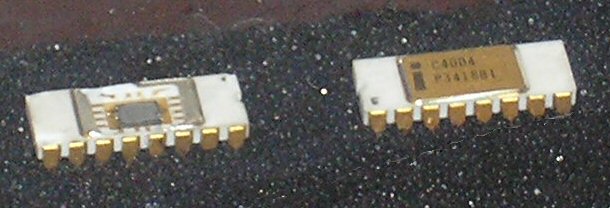Thou shalt not assume. Thou shalt check up and make damned sure.In July 2012 I was trying to determine how many transistors of each type I should buy. At the time a BSS83 cost 27.6¢/ea when ordered in quantity, while the FDV301 cost only 4.7¢/ea. I'd discovered the FDV301 worked well in a grounded-source configuration but the gate protection diode could be a problem in other configurations. To help with the decision I created a spreadsheet. It breaks the 1749 FETs needed into three categories:
- 1041 with the source connected to GND
- 105 with the drain connected to VDD
- 603 fitting neither of the above two configurations
When I went back to this spreadsheet this morning to see how many extra BSS83s I had on hand I got a real scare. I'd settled on using the FDV301 only in the grounded-source configuration and the BSS83 for the rest. That meant I needed 1041 FDV301s and 708 BSS83s.
I only purchased 700 BSS83s. And there are no more to be had.
I have a few short strips of tape with a few extra BSS83s I bought for experimentation but haven't used, but it'd be close. If any got lost or damaged I could end up not being able to complete the project. I bought 1200 FDV301s even after having identified a suitable replacement in the DMN26, but the BSS83 was a Unicorn. What had I been thinking??
I started thinking about replacing some of the BSS83s in the second and third categories with either FDV301s or DMN26s. The reason I hadn't done so before was the difficulty in creating an automated process for identifying those that have to be a BSS83.
Then it occurred to me that I'd already looked at one such second-category situation: push-pull drivers. I'd identified 58 places where the FDV301 would work better than the BSS83. More importantly, I'd made the substitution before purchasing the FETs, meaning I actually need 1099 FDV301s and only 650 BSS83s.
Instead of being short 8 BSS83s I have 50 extra, plus any in my little strips.
I'd have trouble respinning any of the boards, but if I don't screw up I have enough. To double-check this I reran an Eagle user-language program I'd written to count components on each board. The results of an early version of this program can be seen at the end of my posting on partitioning, but that version didn't differentiate between the transistor types. The updated version does and confirms the transistor counts above.
Whew!




